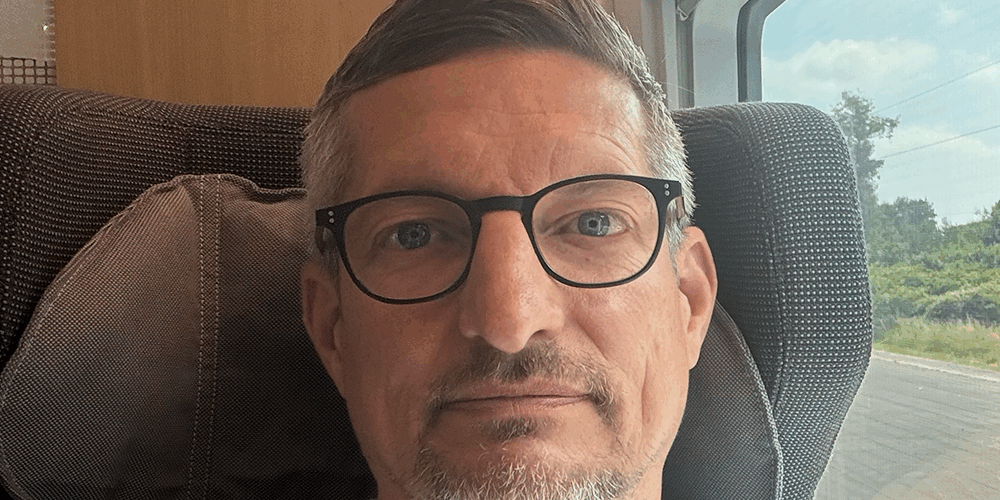The Language of Peace… or Power?
Words shape worldview. NATO’s public messaging increasingly leans on militarised language: “deterrence,” “forward posture,” “hard power.” But peace built on fear, threat, or show of force isn’t peace—it’s a stand-off.
If military language dominates our concept of peace, we risk normalising endless preparation for war.
Common NATO Phrases in Recent Speeches:
- “We will defend every inch of allied territory with decisive force.”
- “Increased lethality across all domains.”
- “Hard power is back.”
- “Forward defence posture on the eastern flank.”
(Source: NATO summit transcripts, 2023–2025)
Explore NATO Further:
- Words That Kill: How Language Fuels Conflict – Oxford Political Review
- Reclaiming Peace Language in a Militarized World – Transcend Media
- NATO Speeches Archive – Official Site
Take Action:
If you believe security should be about cooperation—not coercion:
- Share this page with others!
- Reflect on the words leaders use—what are they normalising?
- Speak up for peace language that centres dialogue, not dominance.
My Reflections
“Language isn’t neutral—it either opens up space for diplomacy or it closes it down. I’ve learned that in activism, in art, and in life. When we militarise the words around peace, we risk erasing what peace really looks like.”
#PeaceNotPosture





Add comment